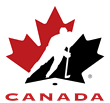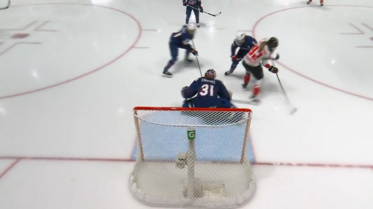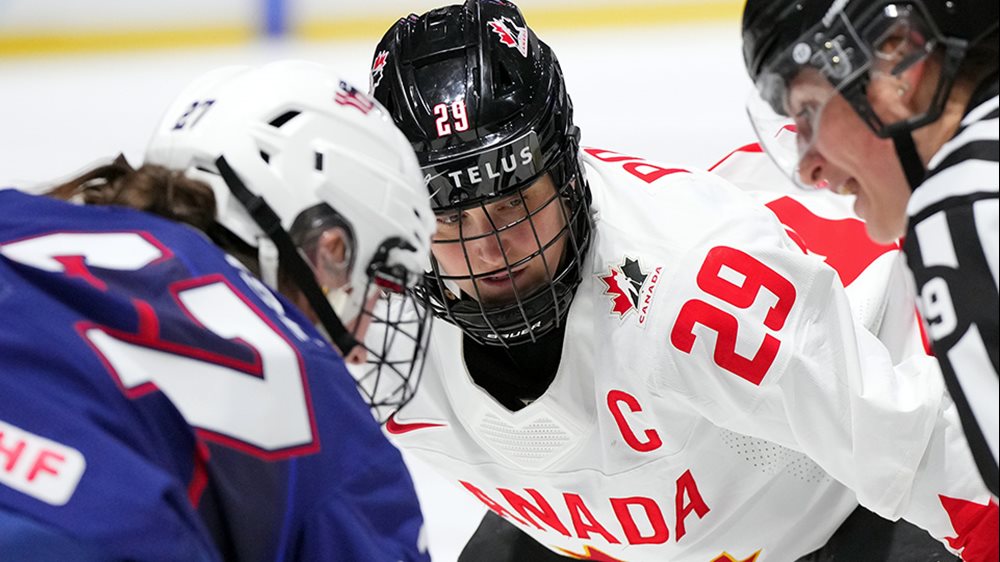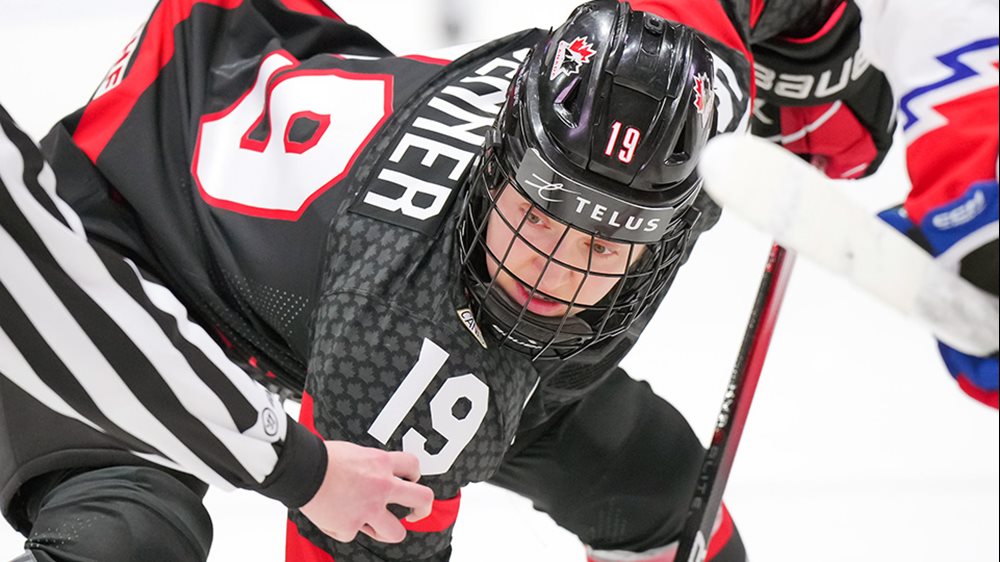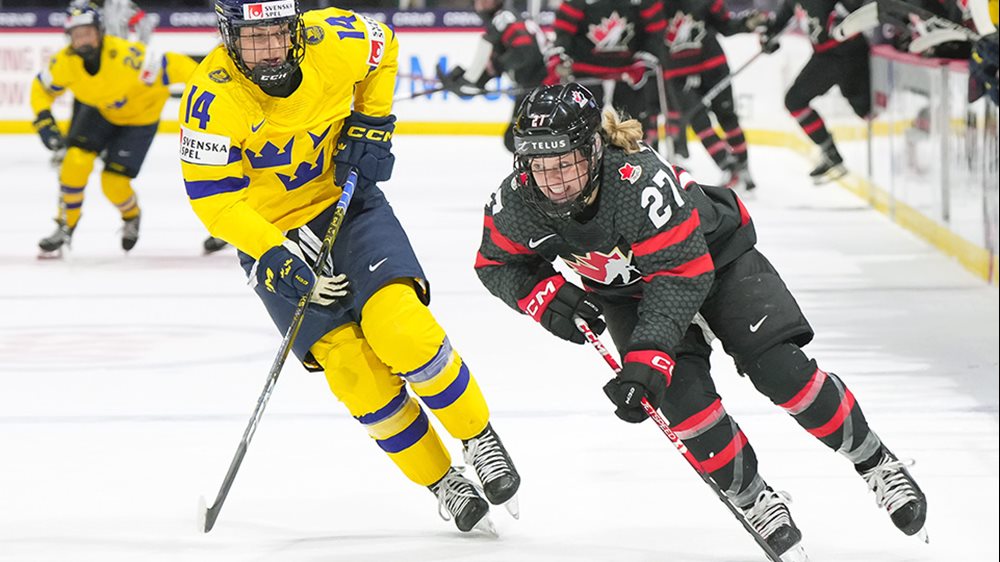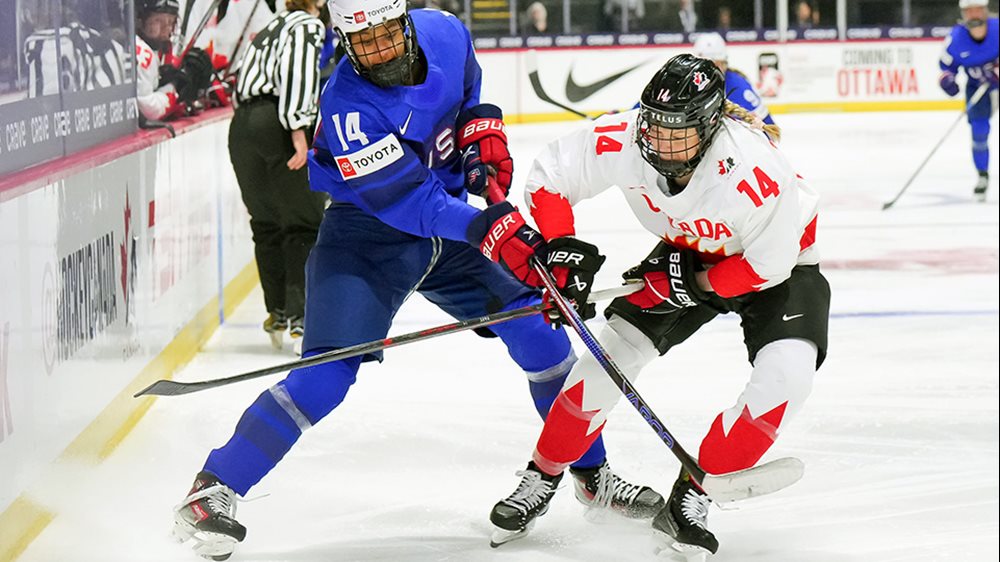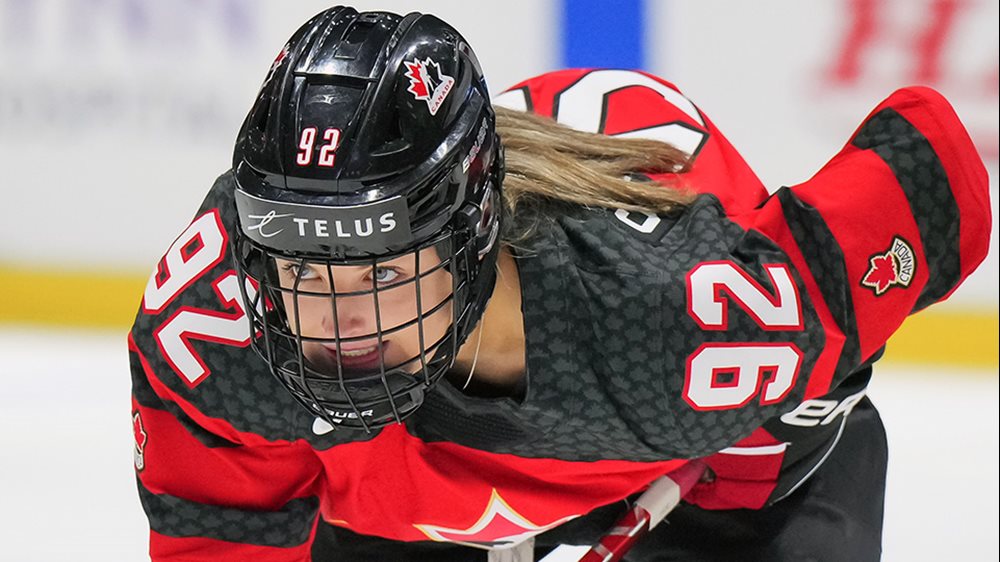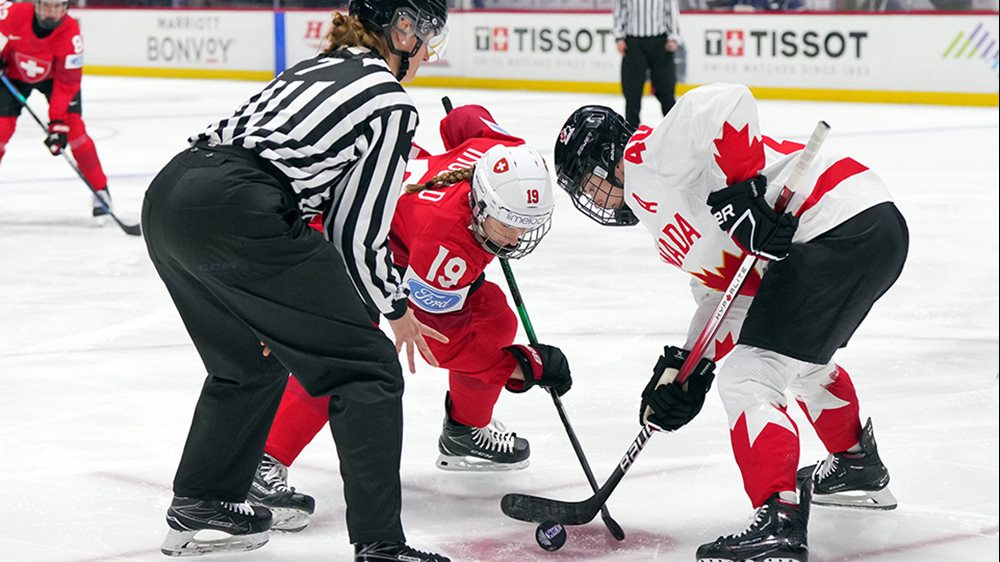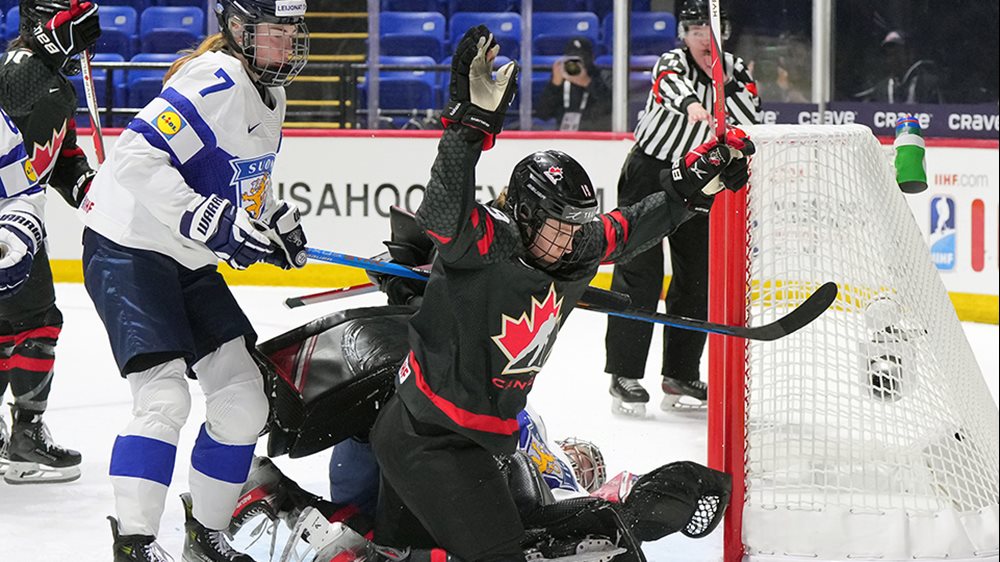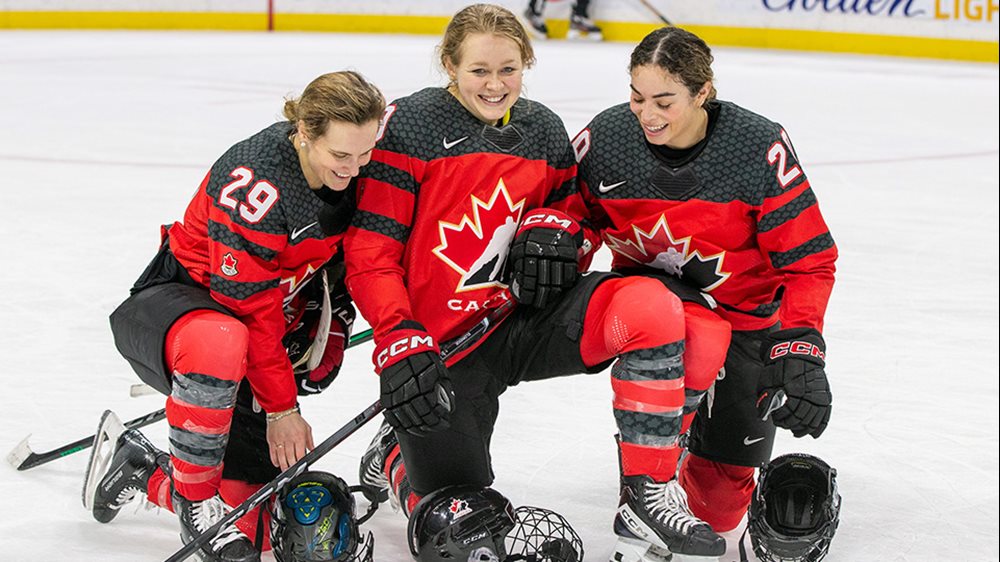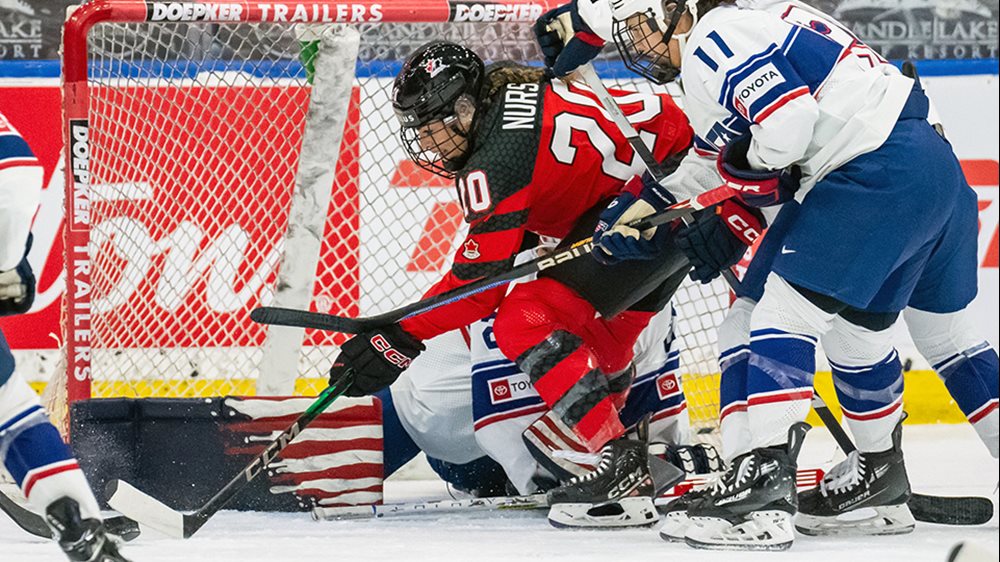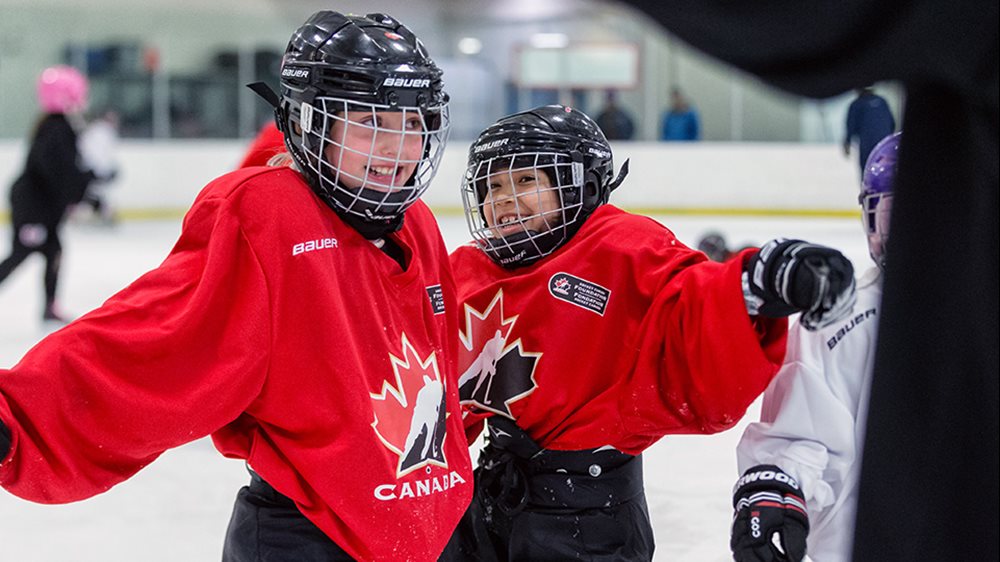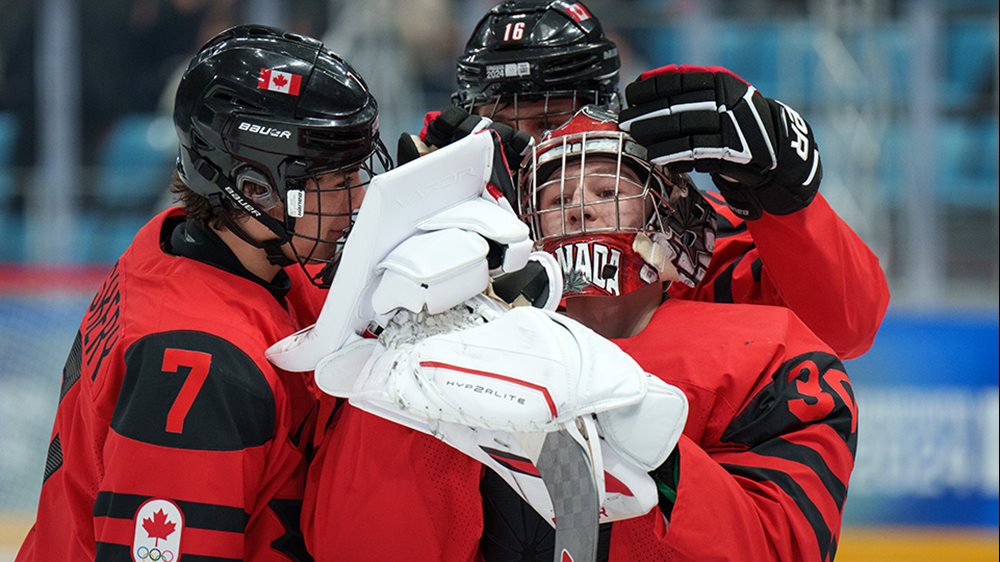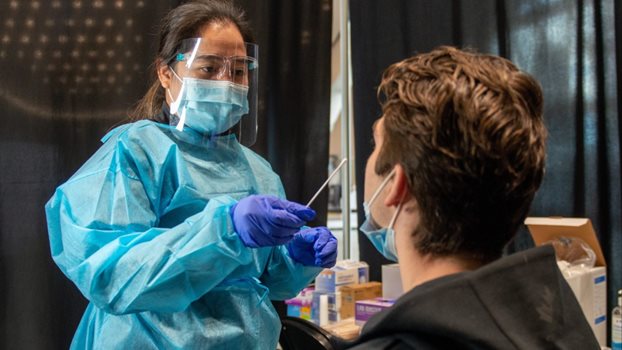
Building a bubble
How Hockey Canada – alongside local, provincial, federal and international stakeholders – kept Canada’s holiday tradition alive and created the safest IIHF World Junior Championship ever
Could you imagine the holiday season without the IIHF World Junior Championship?
For most Canadians, that’s like late December without turkey and stuffing. Without gifts under the tree. Without a spin or two on the outdoor rink.
But with the world gripped by the COVID-19 pandemic, there was a time the tournament was in serious danger of not taking place.
As it does anytime Canada hosts the World Juniors, planning began well in advance – Edmonton and Red Deer were officially announced as hosts on Dec. 6, 2018, and by the time the early months of 2020 rolled around, the infrastructure was firmly in place.
When the pandemic hit and the 2020 IIHF Women’s World Championship was cancelled on March 7, the overriding feeling was that with the World Juniors still nine months away, there was little cause for alarm.
“There was certainly an attitude that this is going to be a couple months and we're going to be back at it,” says Dean McIntosh, vice-president of events and properties with Hockey Canada. “You live in denial a little bit.”
But as the pandemic worsened and hockey took a backseat to health and safety, the conversation shifted. By the summer, it was time for a decision on the future of the tournament to be made.
“The IIHF had given us a bit of a deadline of September to say, ‘[Determine] how are you going to make this event work or we're going to move to cancellation,’” McIntosh says. “We really started to think about what this event could look like without fans, in one building, and we redesigned it.”
On Sept. 17, Hockey Canada and the International Ice Hockey Federation officially announced the 2021 World Juniors would be played only in Edmonton, in a bubble – 10 teams playing 28 games over 12 days from Dec. 25 to Jan. 5.
(As part of the announcement, it was also confirmed that Edmonton and Red Deer will host the 2022 tournament, when fans are hopefully allowed back into the buildings.)
So the when and the where had been decided. But the big question still remained.
How?
Luckily for Hockey Canada, it had a successful example of how hockey in a bubble could work in its own backyard. When the World Juniors announcement was made, the National Hockey League was in the midst of the Stanley Cup Final in Edmonton, concluding an eight-week postseason run that did not produce a single positive test.
If the NHL could do it, why couldn’t Hockey Canada?
“We were impressed with the presentation from the local organizing committee outlining how a potential bubble scenario would operate within Edmonton, and we are confident that we can follow the NHL’s great example in creating a safe environment for teams to compete,” IIHF president Rene Fasel said when the bubble was announced.
“At the end of the day, we looked to the NHL model and said, ‘It's doable,’” McIntosh says. “We felt we had the infrastructure to do it. We were fortunate that there had been an event in the same location that we were going to be locating an event in. So it worked perfectly.”
Of course, there are a number of differences between the NHL playoffs and the World Juniors, chief among them travel. And when the NHL brought its playoff tournament to Edmonton, the second wave of the pandemic had not yet begun.
But as cases spiked in the early months of fall, the proposition of bringing players and staff from nine countries to Edmonton seemed risky at best, and it took an all-hands-on-deck effort from a myriad of stakeholders to get the plan across the finish line.
“Health care in Canada is managed by the provincial bodies, but when you start to consider bringing athletes from other different countries into Canada, now you start to get into the conversation about immigration,” McIntosh says of the layers of approval needed. “And immigration relies on Public Health at a federal level to say, ‘Yes, we're comfortable bringing these athletes in under these conditions.’
“So while we were very fortunate to make great relationships with Alberta Health Services and certainly [chief medical officer of health] Dr. [Deena] Hinshaw's office, the complexities of bringing in international teams and not just Canadians continued to grow as the pandemic grew through the fall. That certainly made for new challenges, but it also helped create new levels of support [from Sport Canada, Public Health, the Department of Heritage, and Immigration, Refugees and Citizenship Canada].”
In the end, a series of stringent guidelines were put in place – both regarding travel and day-to-day life in the bubble – to ensure not only the safety of the teams and event staff, but of the community at large.
The eight European countries and the United States arrived in Canada on Dec. 13 on charter flights. All players and staff had to produce three negative tests in the days leading up to departure, and anyone who tested positive was immediately ineligible to make the trip to Edmonton.
Once teams and event staff arrived, everyone was required to spend four days in quarantine at their hotels before teams finally hit the ice for their first practices on Dec. 18.
Everyone involved in the World Juniors is tested daily through DynaLIFE, masks are required at all times (except during meals and when players are on the ice) and all accreditation passes are equipped with TraceSafe wearable technology, powered by TELUS, which allows for the tracking of individuals for contact tracing.
There have certainly been bumps in the road – eight German players and two Swedish staff tested positive upon arrival in Edmonton, leading to the cancellation of six pre-tournament games and the re-shuffling of others – but as the end of the preliminary round approaches, everything appears on track.
“We feel we've gotten to a point now where we've created a really good, positive bubble, but I think the key is going to be that continued compliance,” McIntosh says. “A great hockey team can't change the way they play; they've got to stick to what makes them successful. And I think a lot of that is the same in our medical program. We need to stick what we know is successful – physical distancing, wearing your mask, washing your hands and just staying relentless in the pursuit of safety. Do that, and we'll make it to January 5.”
As hard as it may be to believe at times, there is a future without COVID-19 and a return to some semblance of normalcy for the hockey world.
For Hockey Canada, the focus will soon turn to the 2021 IIHF Women’s World Championship, scheduled for April 7-17 in Halifax and Truro, N.S., and early plans have already been put in place for the 2022 World Juniors back in Alberta.
In the face of unprecedented challenges, the message remains the same as it has been since the early days of the pandemic – when the game is ready, when the world is ready, Hockey Canada will be ready.
“I really do believe at some point here in the near future, Canadians are going to be excited to be back in the rink,” McIntosh says. “I think you take away [from this experience] how important the game is to Canadians. There continues to be a great interest in the game of hockey. We just need to make that next experience for fans in the building even better.”
For more information: |
- <
- >
